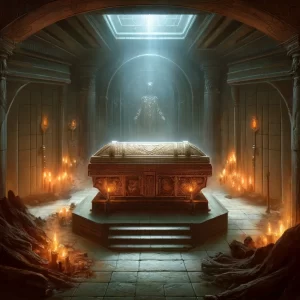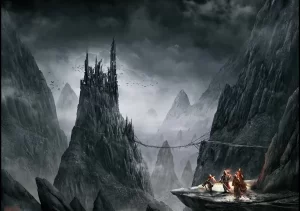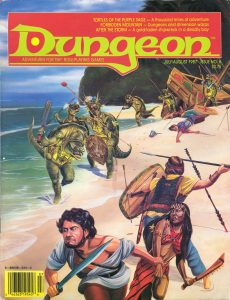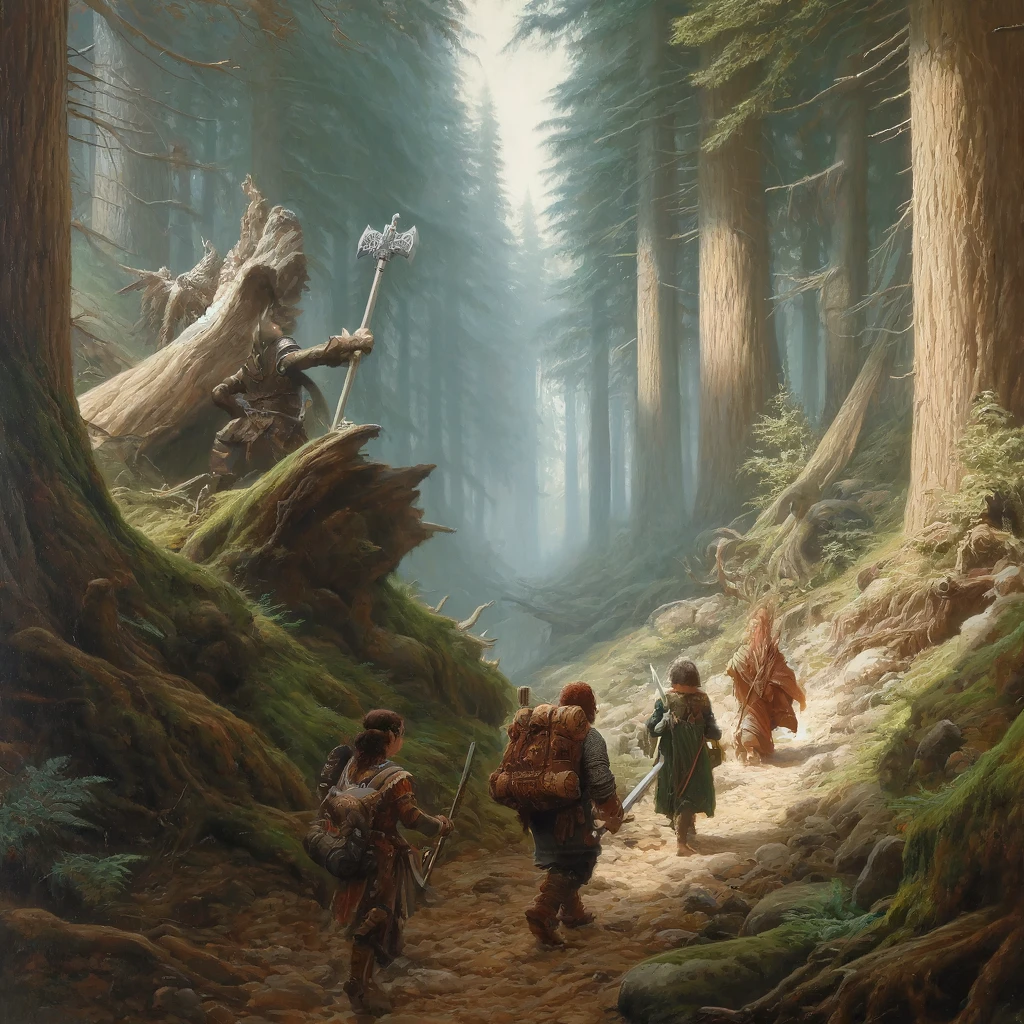
Creating a fantasy campaign involves weaving together intricate storylines, designing vivid landscapes, and populating the world with memorable characters and formidable foes. As a Dungeon Master, you have the freedom to build entire civilizations, dictate the laws of physics and magic, and choreograph the rise and fall of empires. This autonomy enables you to tailor adventures specifically to the interests and abilities of your players, making each session uniquely compelling and personally resonant for everyone involved.
In addition to the broad strokes of world-building, the details in a fantasy campaign are equally crucial. The atmosphere of a bustling market square, the tension of a stealthy dungeon crawl, or the drama of courtly intrigue can all be brought to life through careful planning and creative storytelling. Effective use of sensory descriptions, evocative dialogue, and thoughtful backstories can enrich the players' experience, making the fantasy world feel as real and vibrant as the actual world. By focusing on these elements, a DM ensures that the players are not just participants but are truly immersed in a living, breathing world of fantasy.
Here's an extensive guide on how to approach writing your own Pathfinder or D&D campaign:
1. Define the Scope of Your Campaign
Start by deciding the scale and scope of your campaign. Will it be a short adventure spanning a few sessions or an epic saga that unfolds over months or even years? Consider the preferences and availability of your players when deciding on the length and depth of the campaign.
Once you determine the duration and complexity of your campaign, you can better plan the pace of storytelling and the depth of character development. For shorter campaigns, focus on immediate, high-stakes conflicts that can be resolved quickly, providing a satisfying conclusion within a limited number of sessions. In contrast, longer campaigns offer the opportunity to develop intricate plots and complex relationships, allowing for character growth, recurring themes, and evolving challenges that can change as the characters and story progress. This flexibility also lets players explore various aspects of the game world in greater detail, from political dynamics to personal character arcs.
2. Develop the Setting
Create a compelling setting that will serve as the backdrop for your adventures. This could be anything from a single bustling city to an entire universe of your own creation. Consider the following elements:
- Geography: Mountains, forests, rivers, and cities.
- Politics: Kingdoms, guilds, and factions.
- Culture: Customs, festivals, and laws.
- History: Legends, wars, and important figures.
3. Craft a Central Conflict
Every good story needs a conflict. This could be a straightforward objective (e.g., defeat a villain, find a legendary artifact) or a complex series of events involving intrigue and betrayal. Think about:
- Antagonists: Who or what opposes the players?
- Stakes: What happens if the players fail?
- Motivations: Why are the players involved in this conflict?
4. Plan Key Events
Outline the major plot points or events that will drive your campaign forward. These events should lead players towards the resolution of the central conflict, but also allow for detours and side quests. Structure these events with flexibility to accommodate players' choices.
5. Create Memorable Characters
Develop a cast of characters that your players can interact with. These should include allies, antagonists, and neutral parties. Each character should have their own motivations, backgrounds, and secrets. Key aspects to consider include:
- Personality: What are their defining traits?
- Role: How do they influence the story?
- Relationship: How are they connected to other characters or the players?
6. Incorporate Player Backgrounds
Integrate the backstories of your players' characters into the campaign to give them personal stakes in the story. This not only enhances the immersive experience but also encourages deeper engagement with the narrative.
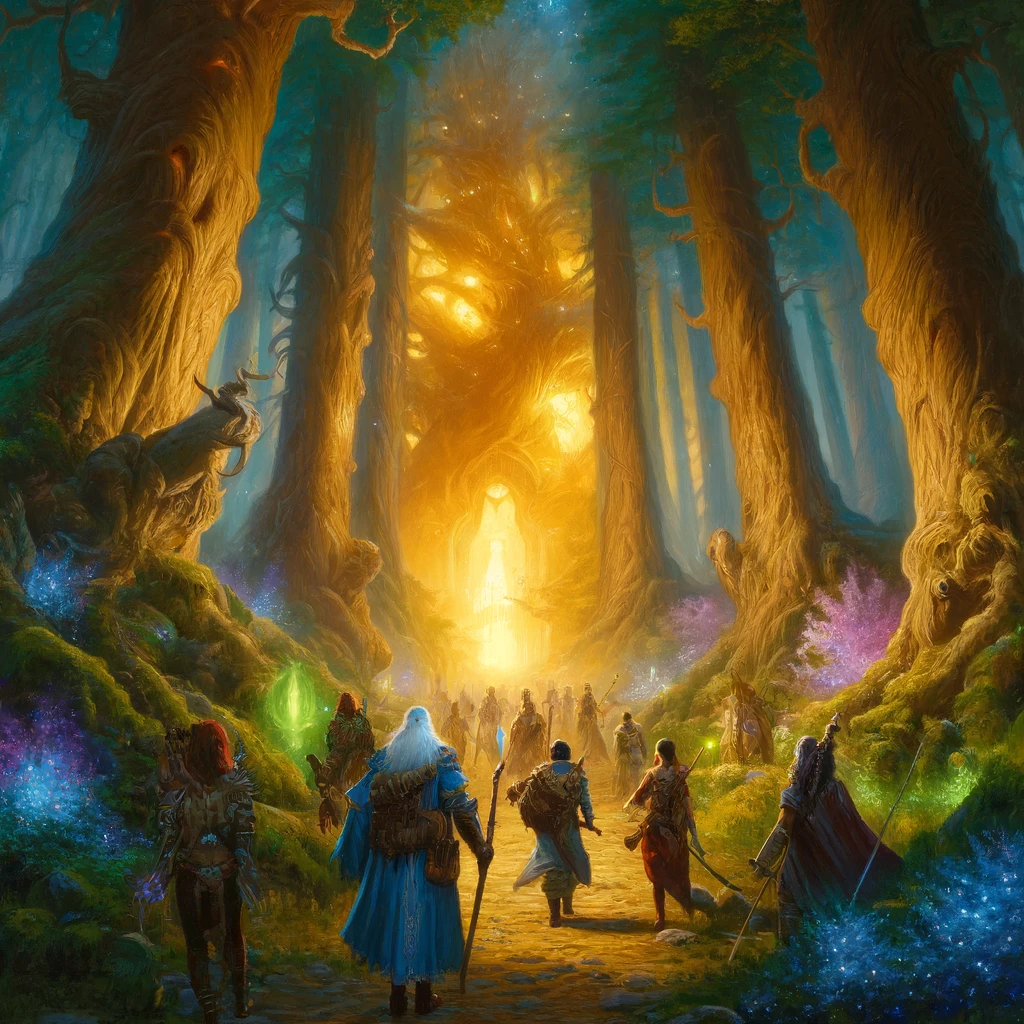
7. Design Challenges and Encounters
Construct a variety of challenges that will test your players' problem-solving skills, creativity, and teamwork. These can include:
- Combat encounters: Fights with creatures or antagonists tailored to challenge the players' tactical skills.
- Social encounters: Interactions that require diplomacy, deception, or other social skills.
- Puzzles and traps: Obstacles that require ingenuity and careful thought to bypass.
8. Balance Story and Mechanics
Ensure that your campaign is a good mix of narrative depth and gameplay mechanics. The rules and systems of Pathfinder or D&D should support the story you want to tell, not hinder it. Be prepared to modify the rules if they enhance the storytelling.
9. Prepare to Improvise
No matter how well you plan, players will always come up with unexpected solutions. Be flexible and ready to adapt the story as needed without derailing the overall plot.
Embracing the unpredictability that players bring to the table is key to maintaining a dynamic and engaging campaign. When players propose creative solutions or take the story in unexpected directions, it offers an opportunity to enrich the narrative and develop the game world in new and exciting ways. As a DM, being receptive to these contributions not only enhances player agency but also challenges you to think on your feet and weave these new elements seamlessly into the broader storyline, ensuring that the game remains coherent while accommodating the players' inventive approaches.
10. Gather Feedback
After each session, ask your players for feedback on what they enjoyed and what could be improved. Use this information to adjust future sessions to better fit the group's preferences.
Collecting feedback not only helps in refining the gameplay and narrative but also fosters a sense of collaboration and mutual respect between the Dungeon Master and the players. It allows players to feel heard and valued, enhancing their engagement and investment in the campaign. Furthermore, this ongoing dialogue can reveal insights into the players' motivations and preferences, which can be invaluable in tailoring future scenarios to maximize enjoyment and challenge. Regular feedback can also help prevent potential misunderstandings or frustrations from festering, keeping the game atmosphere positive and conducive to creative exploration.
11. Keep Notes and Stay Organized
Maintain detailed notes on the campaign's progress, decisions made by the players, and potential future plot points. Staying organized will help you keep the campaign coherent and consistent.
Writing a fantasy, Pathfinder, D&D campaign is a dynamic process that combines creativity, planning, and adaptation. Remember that the ultimate goal is to ensure everyone at the table is having fun, including you as the DM. With these steps, you're ready to start crafting an unforgettable adventure for your players.



